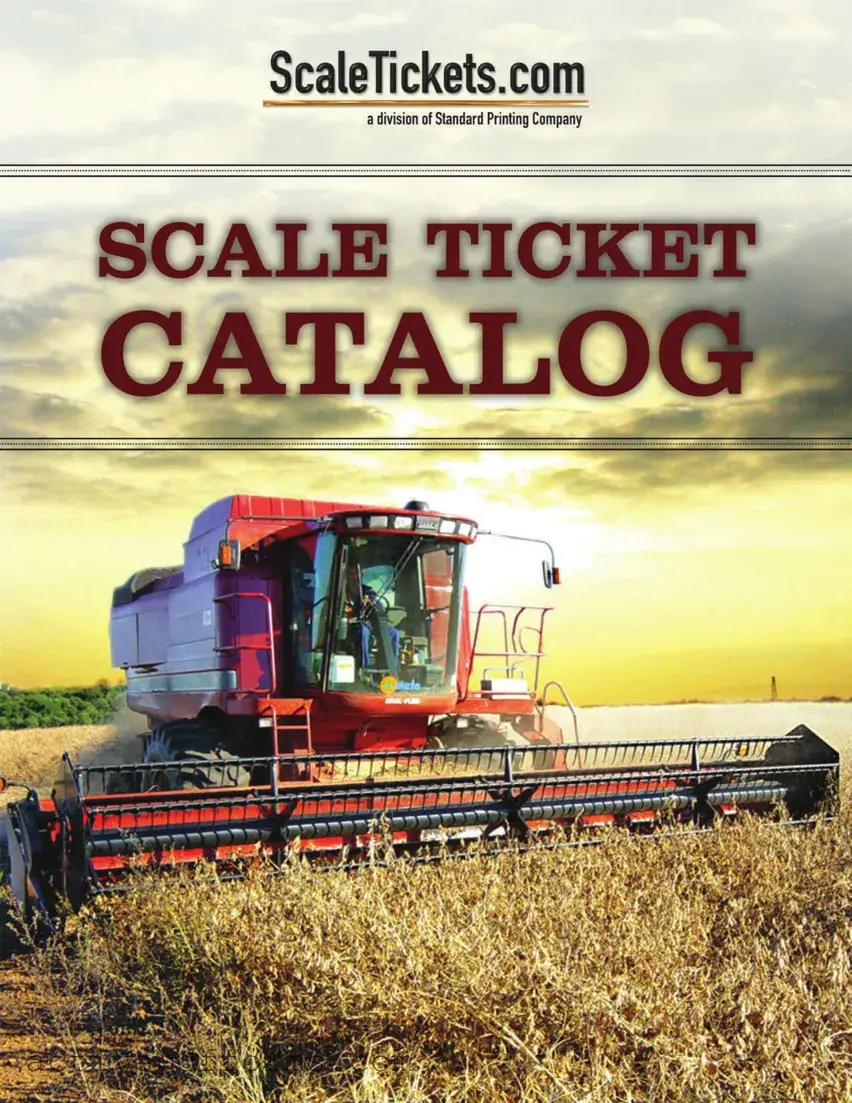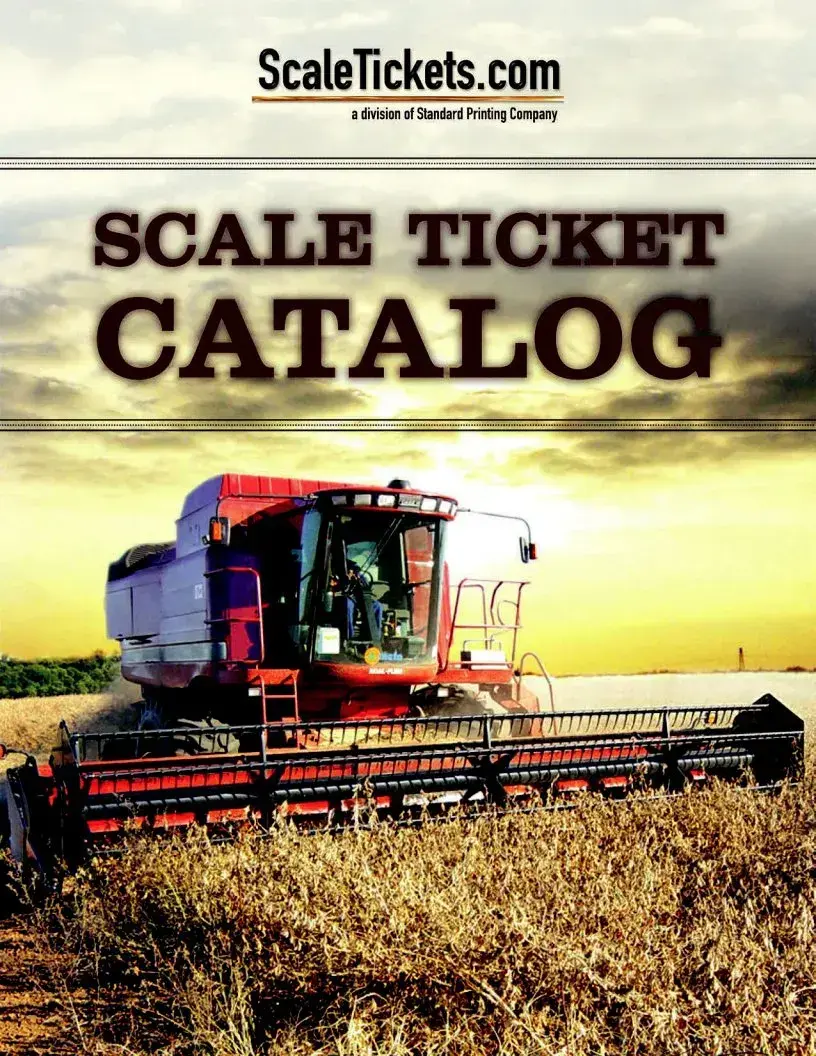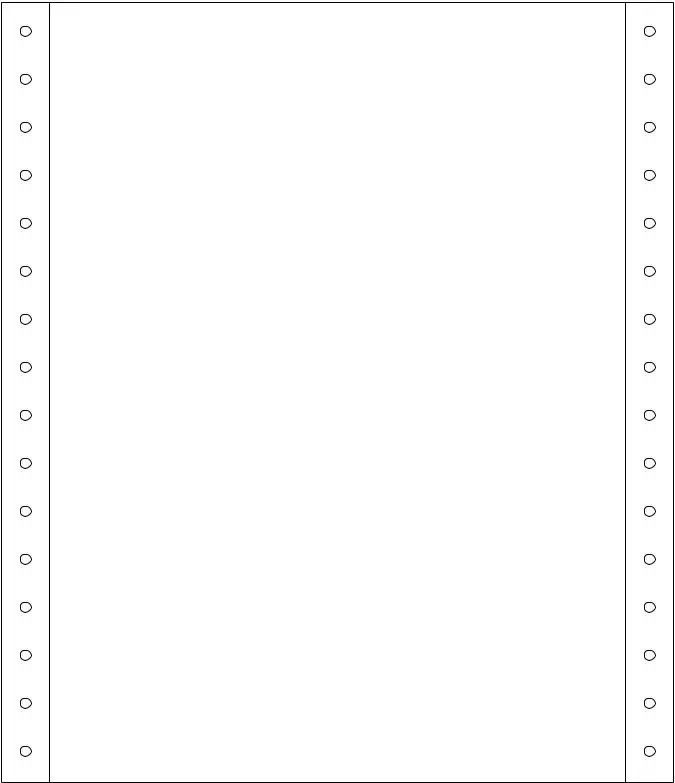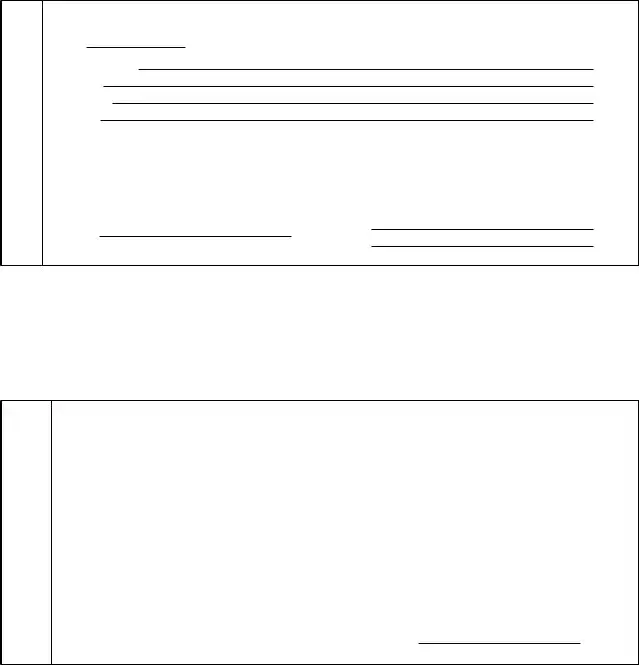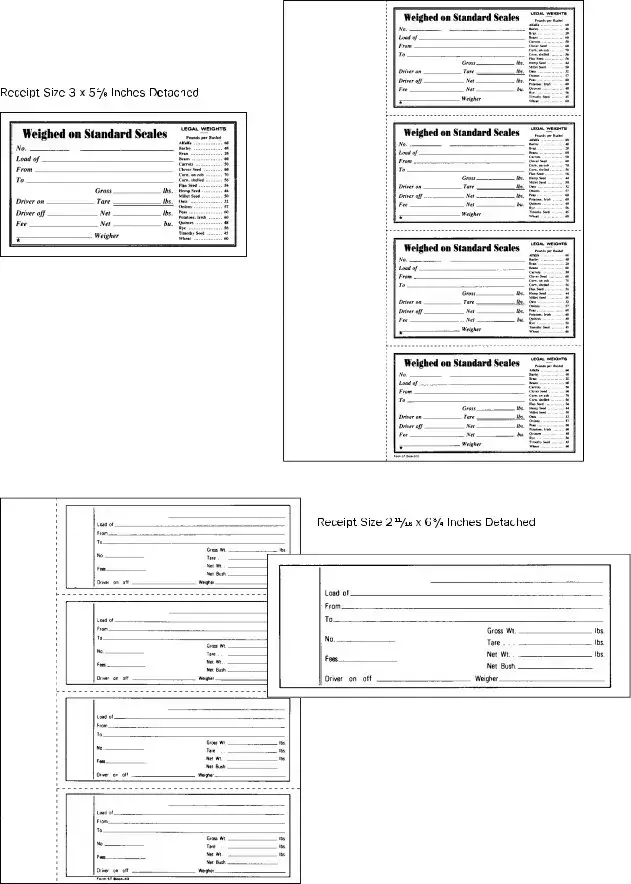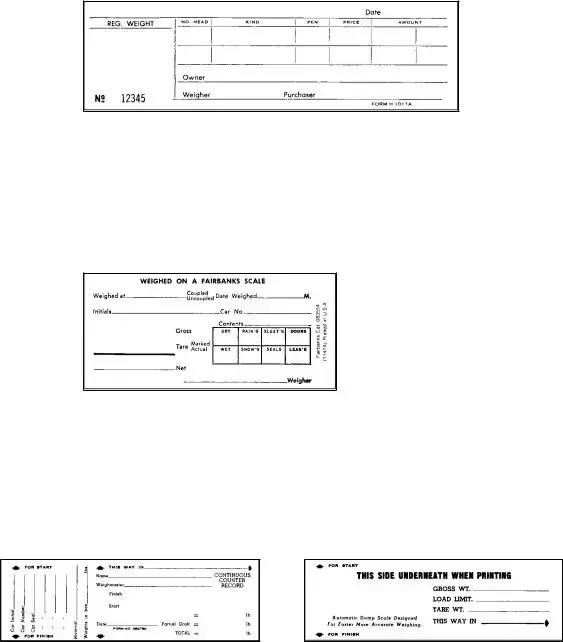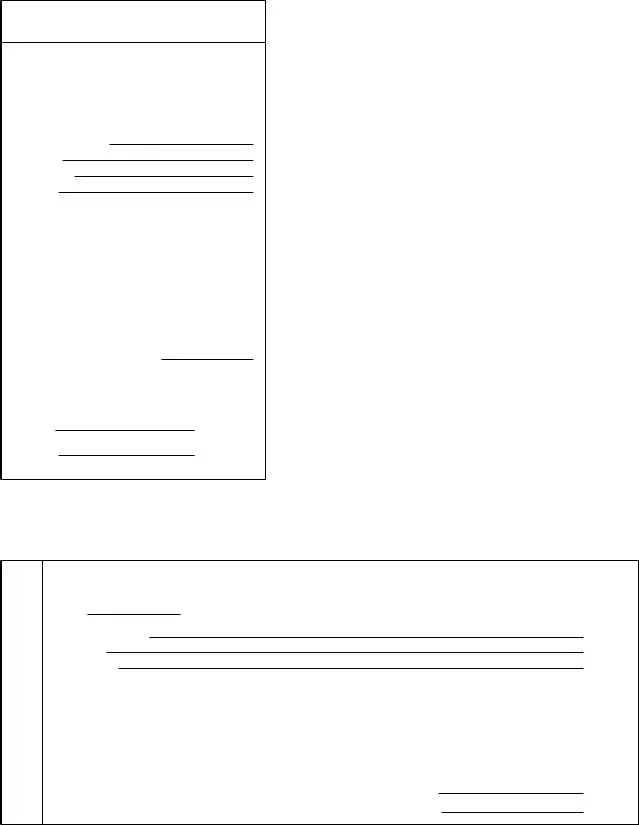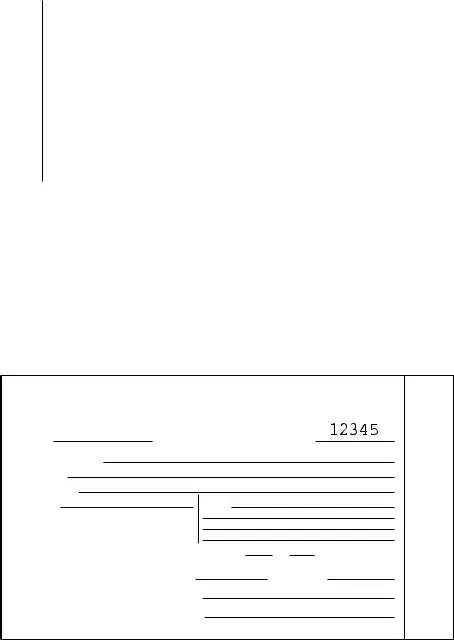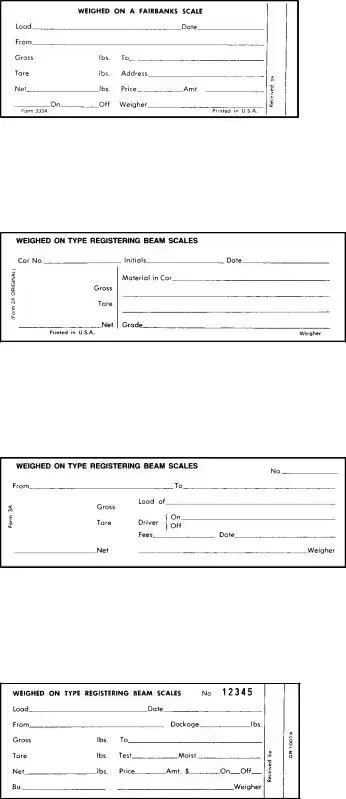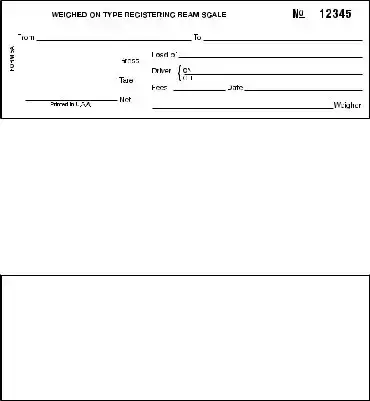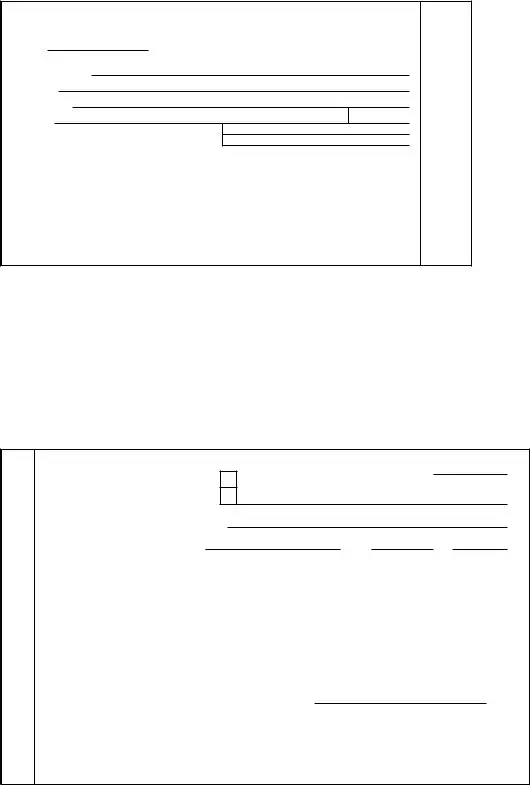In the world of commerce and transportation, documentation is a cornerstone, ensuring honesty, accuracy, and efficiency in operations. The Scale Ticket form, a vital piece of this systemic puzzle, exemplifies the meticulous attention to detail required in these sectors. Offering a variety of options, these forms come in several sizes and compositions, ranging from a sturdy one-part white bond to a comprehensive four-part version in shades of white, canary, pink, and gold. These options are measured both in dimensions—meticulously specified in width by depth—and in the quantity available per carton, addressing the diverse needs of different industries. Marginal perforations on both left and right-hand sides facilitate ease of use, while the choice between carbonless and conventional carbon paper reflects the adaptability of these forms to modern demands for cleaner, more efficient record-keeping. Additionally, the forms are carefully designed for specific types of scales, notably those manufactured by Fairbanks, highlighting the importance of compatibility between record-keeping tools and equipment. The details, such as customer information, commodity, carrier, and the essential weights (gross, tare, net), as well as the price per pound, shipper, and remarks, are structured to ensure clarity and comprehensiveness. For operations requiring customization, the availability of customer service support for ordering continuous scale tickets bespoke to particular needs indicates a commitment to accommodating unique business requirements. This system of documentation, thus, is not just about recording numbers; it's about the seamless integration of information, reliability, and customer service, ensuring that every load weighed and recorded fosters trust and efficiency in industrial and commercial exchanges.
